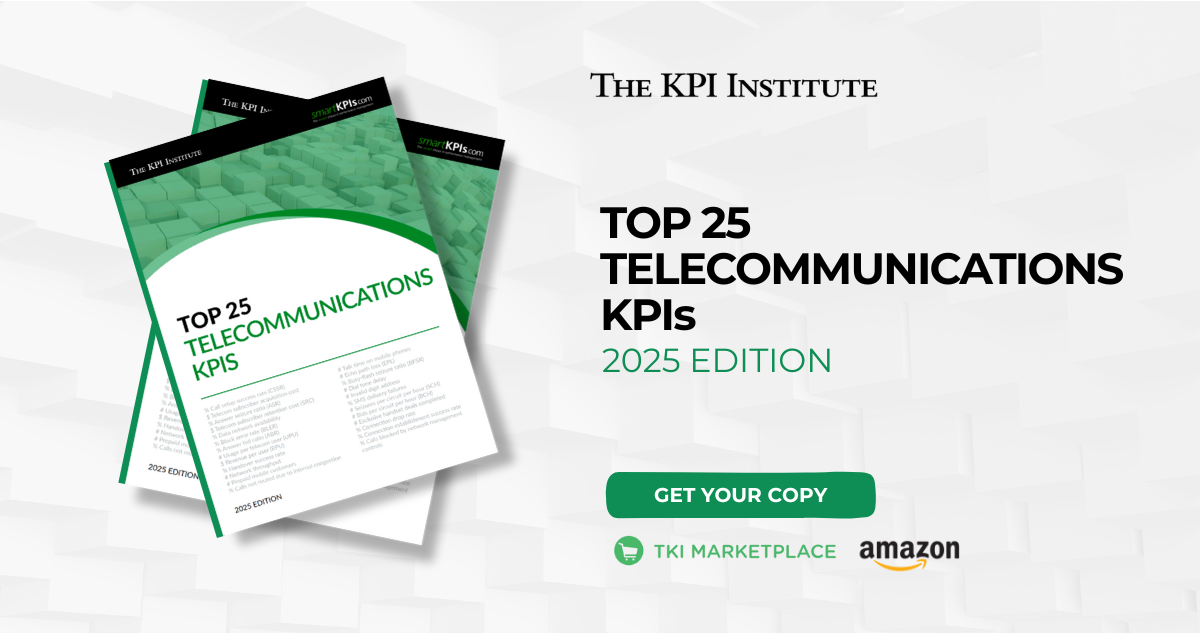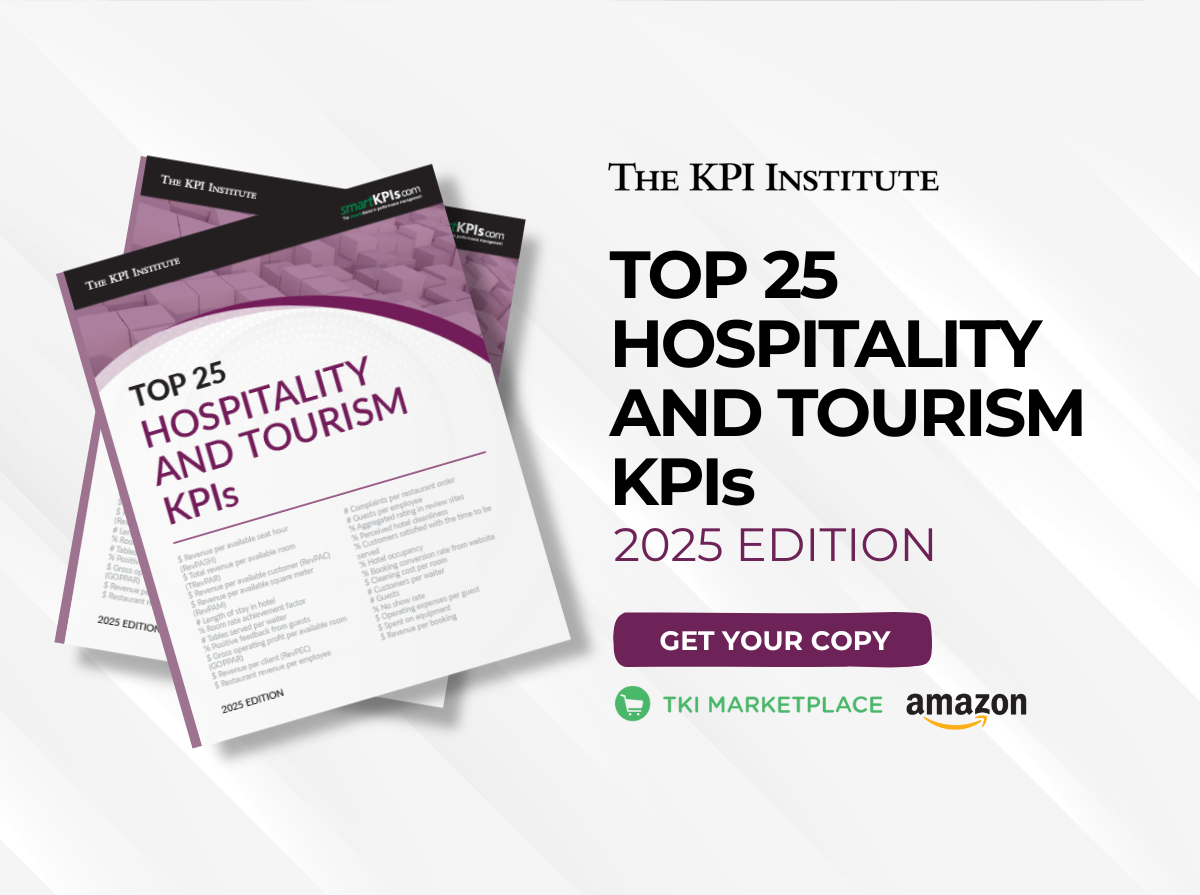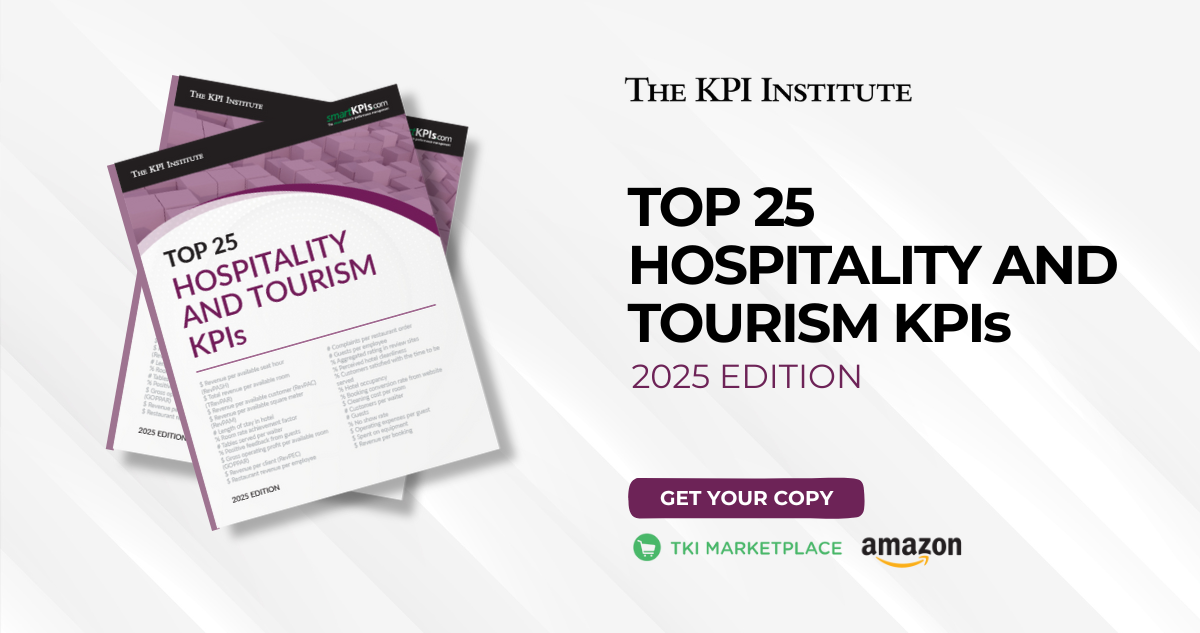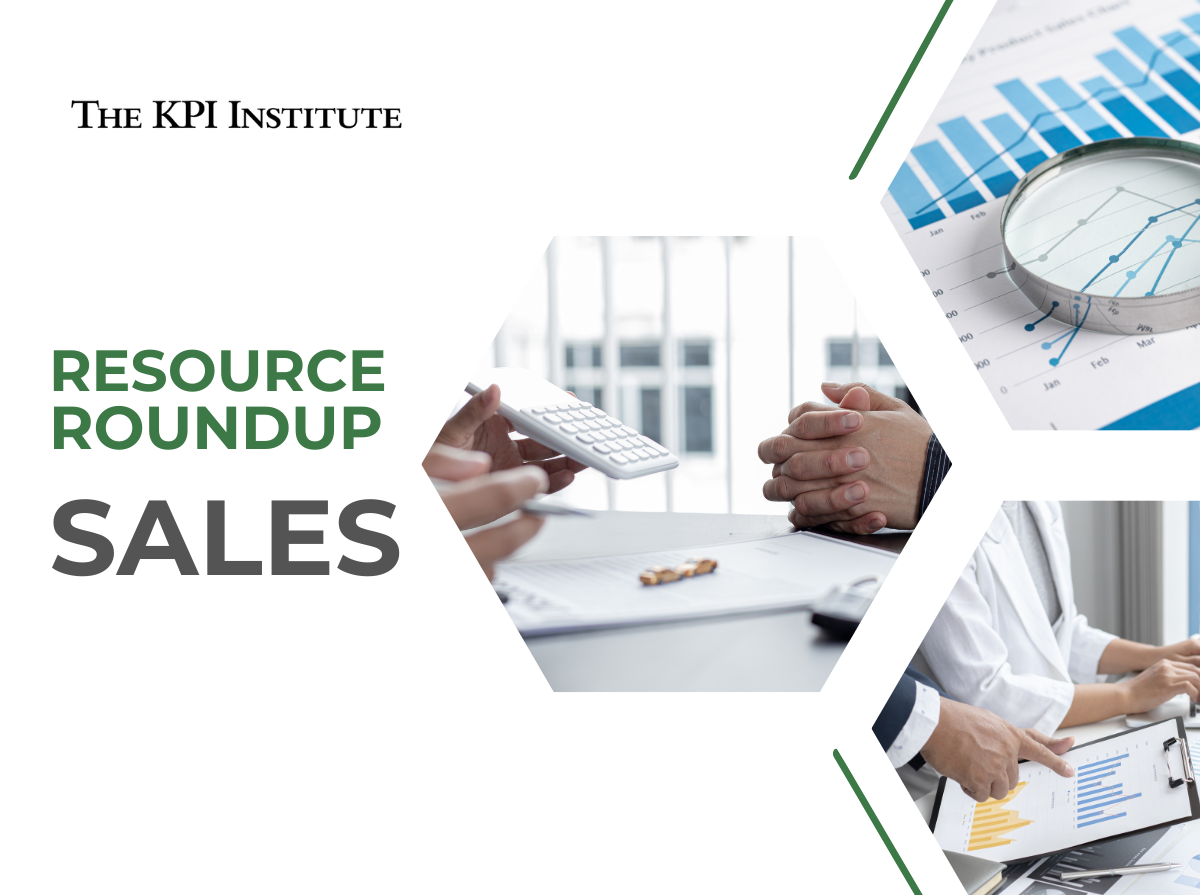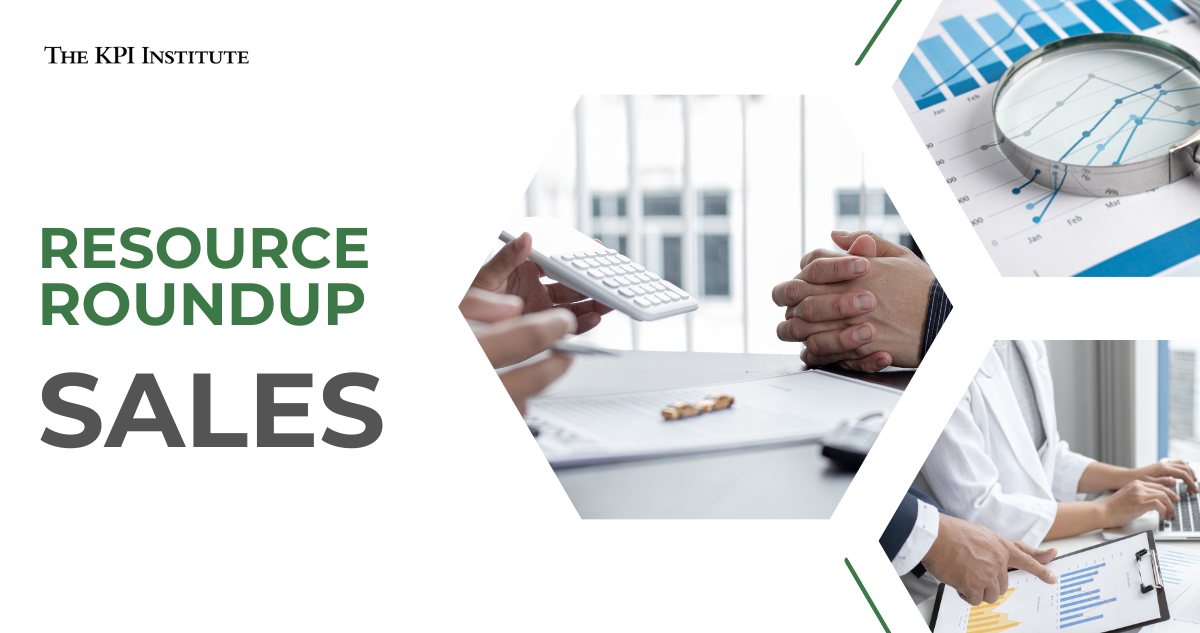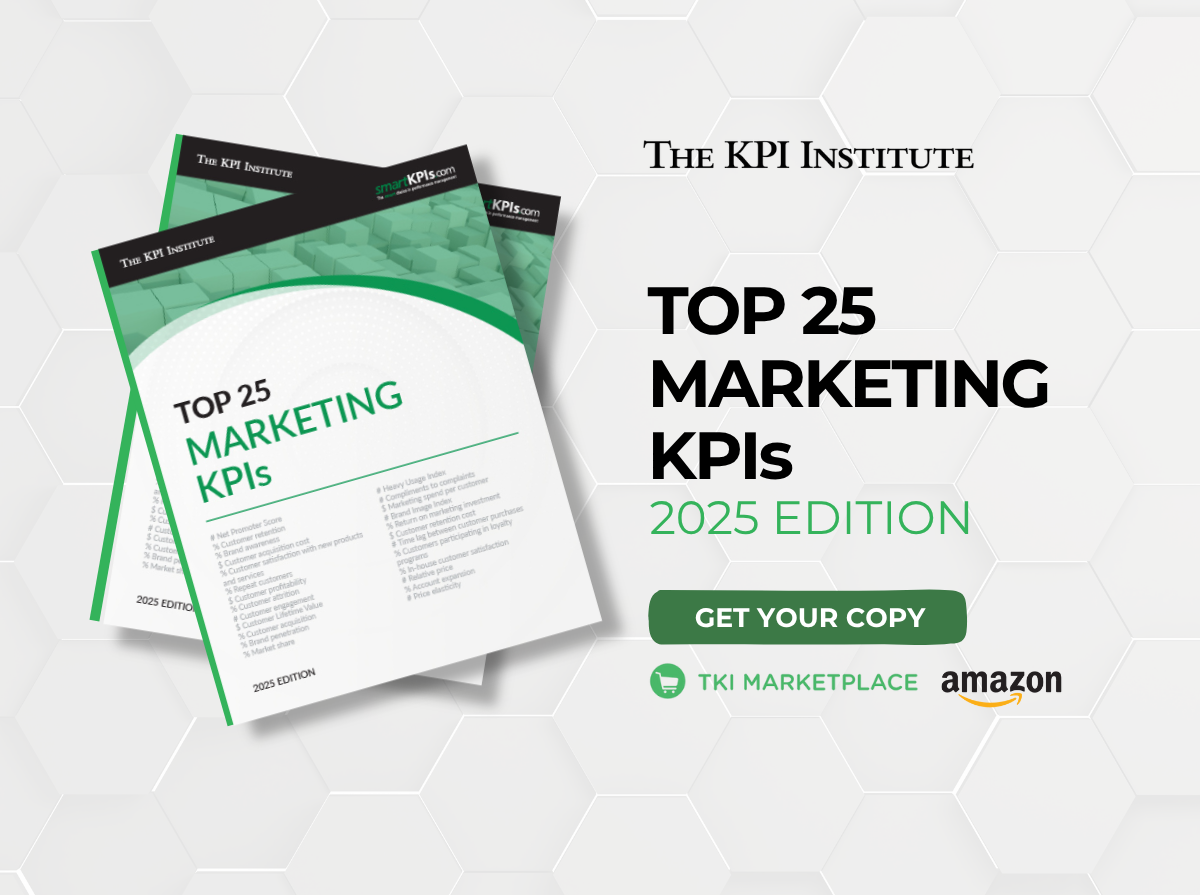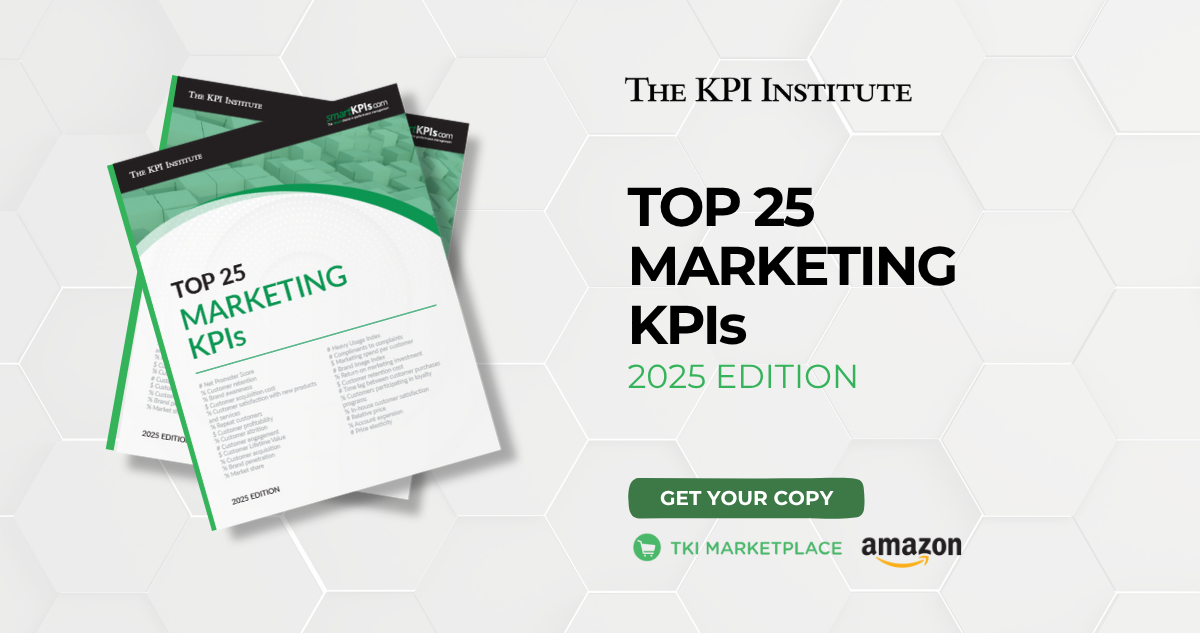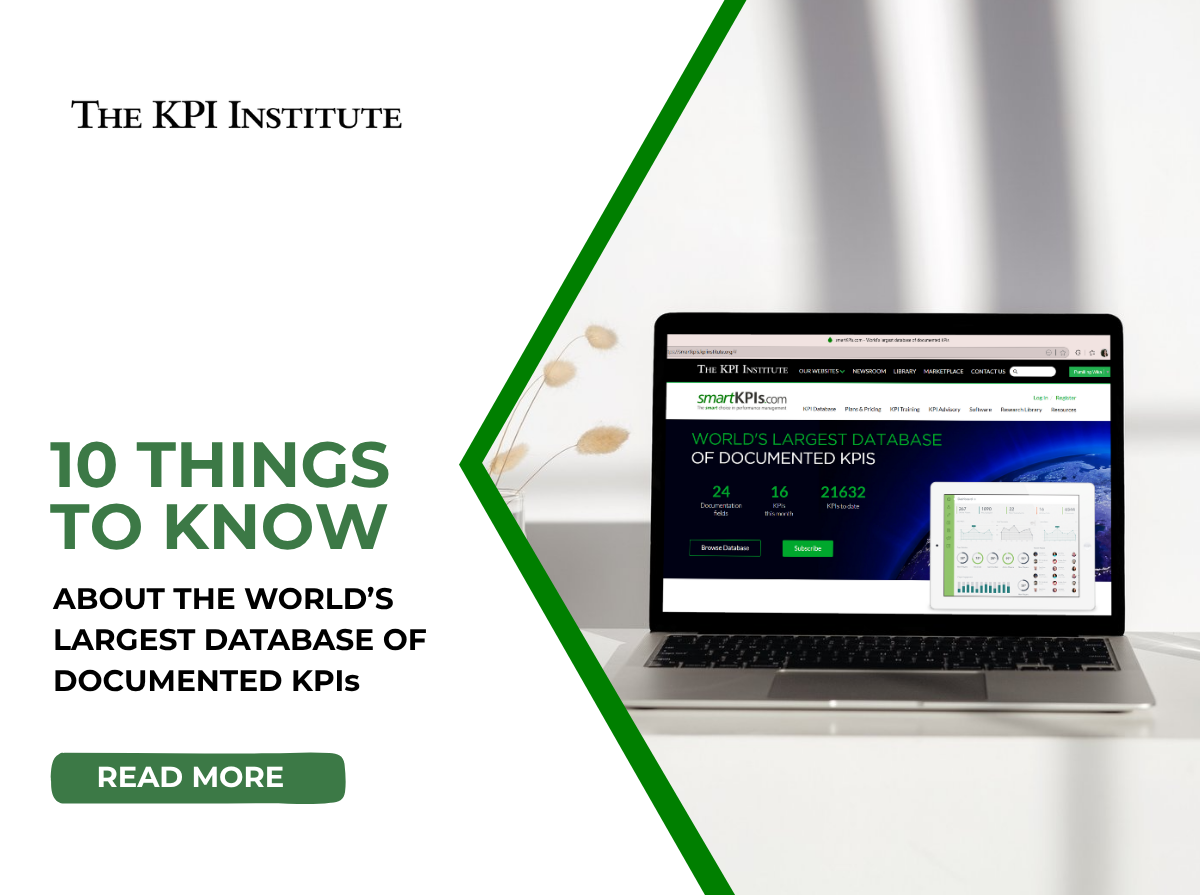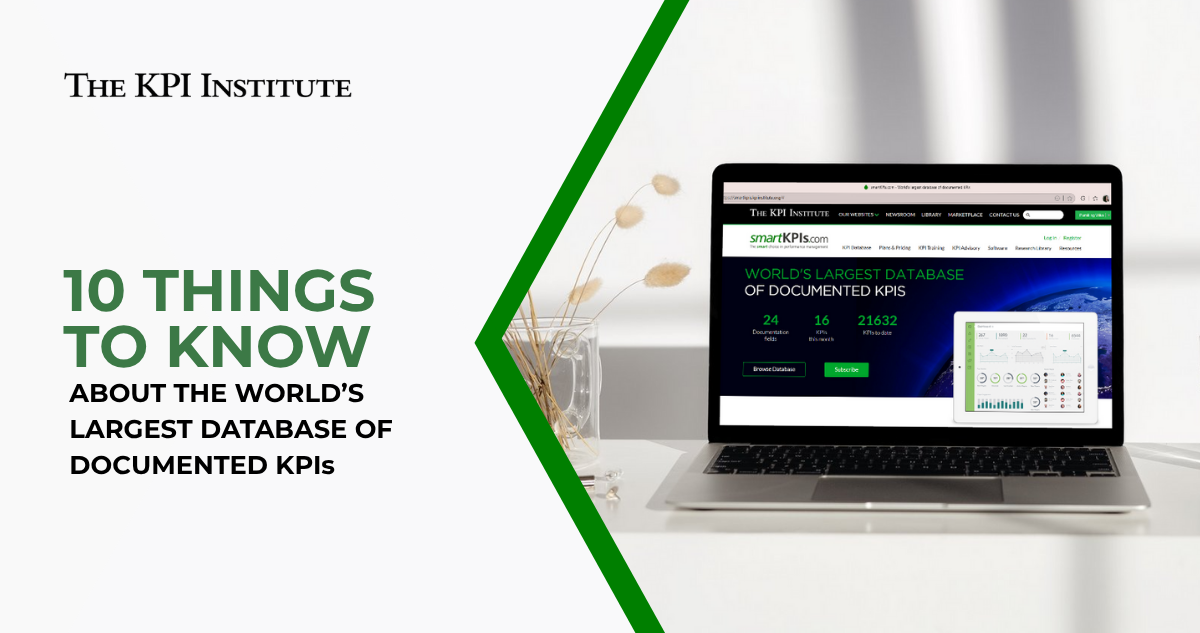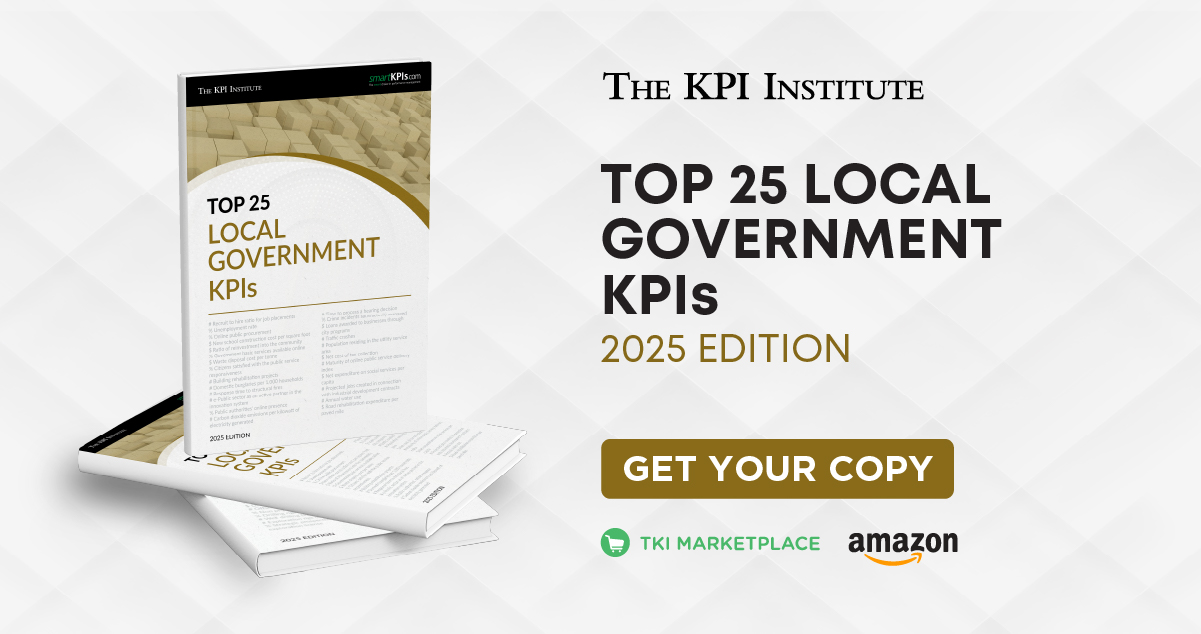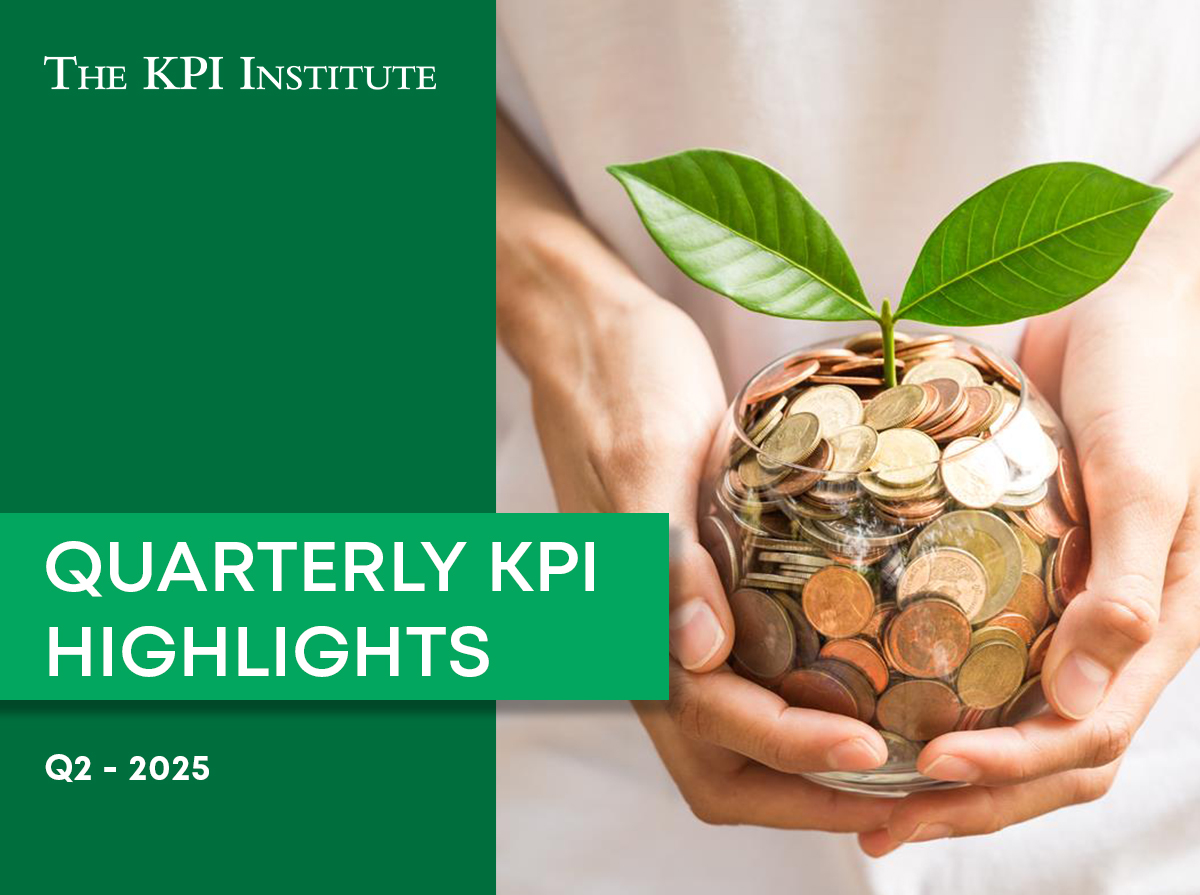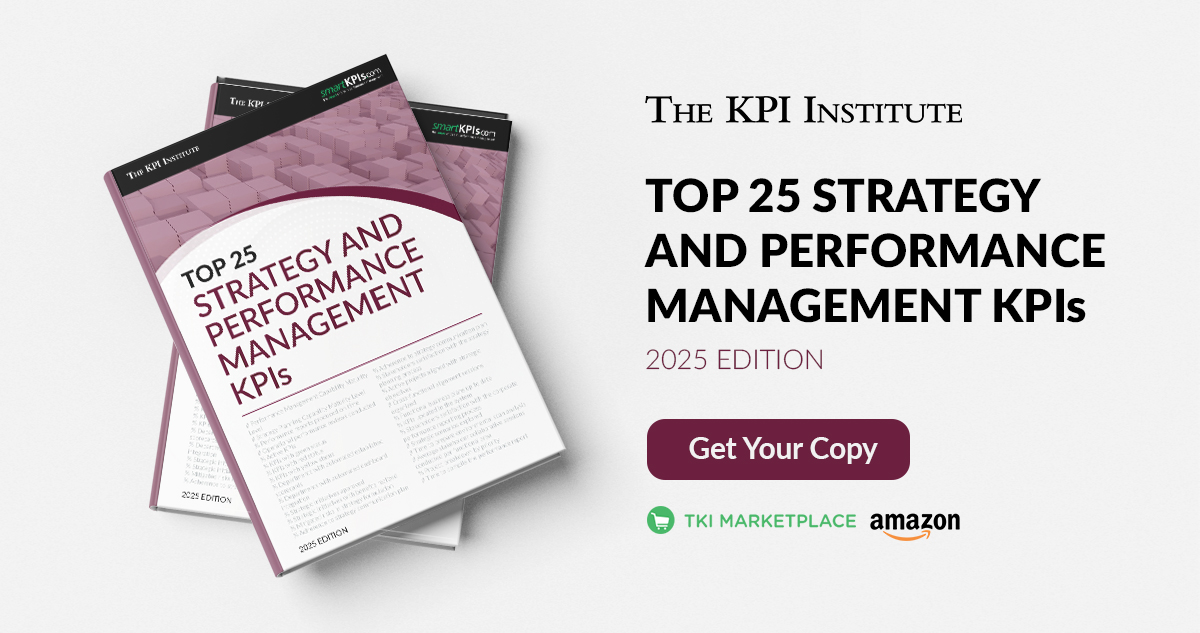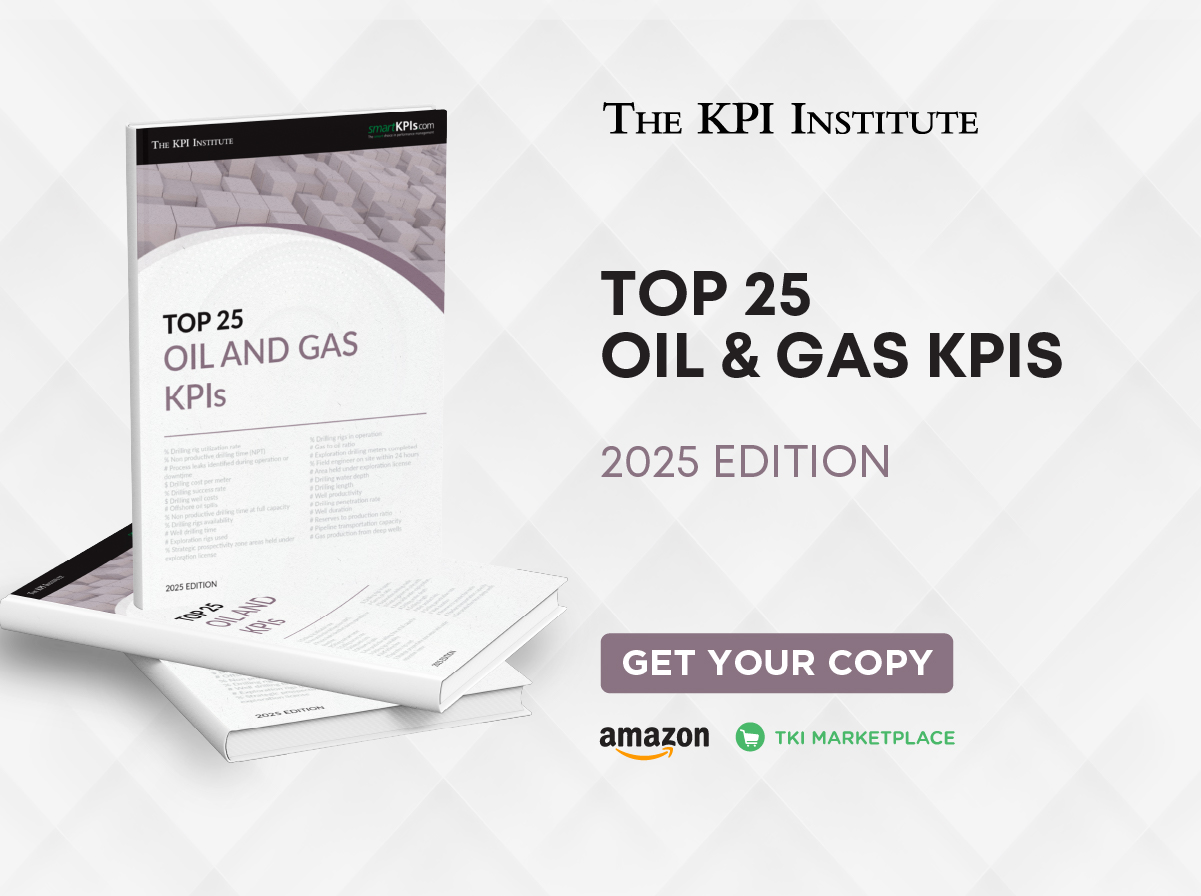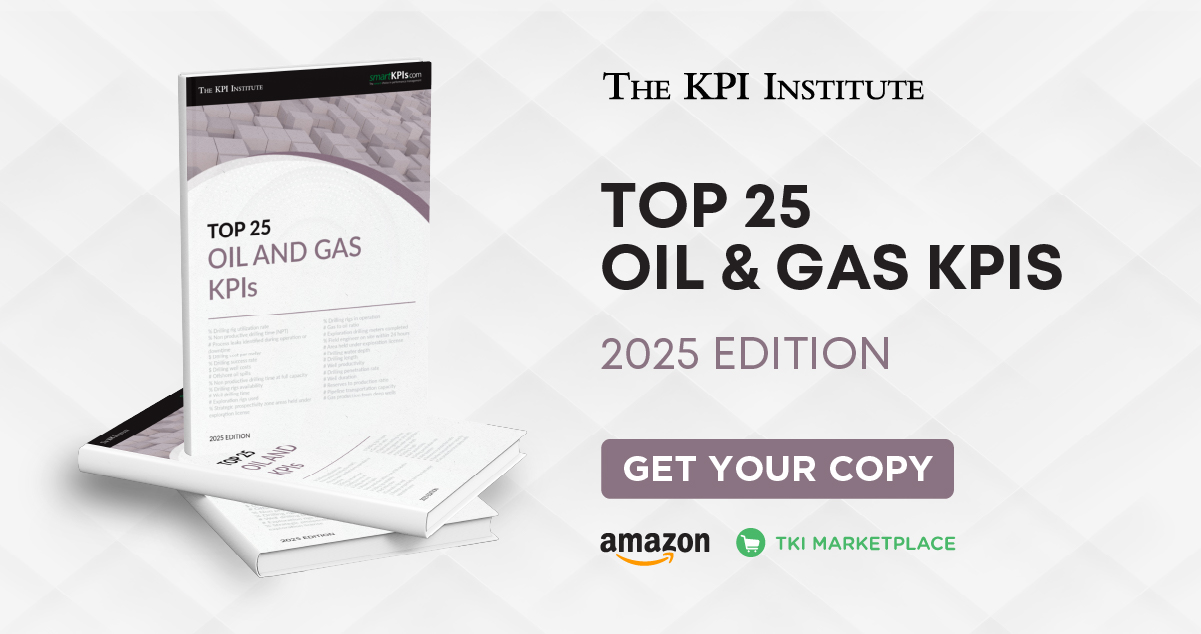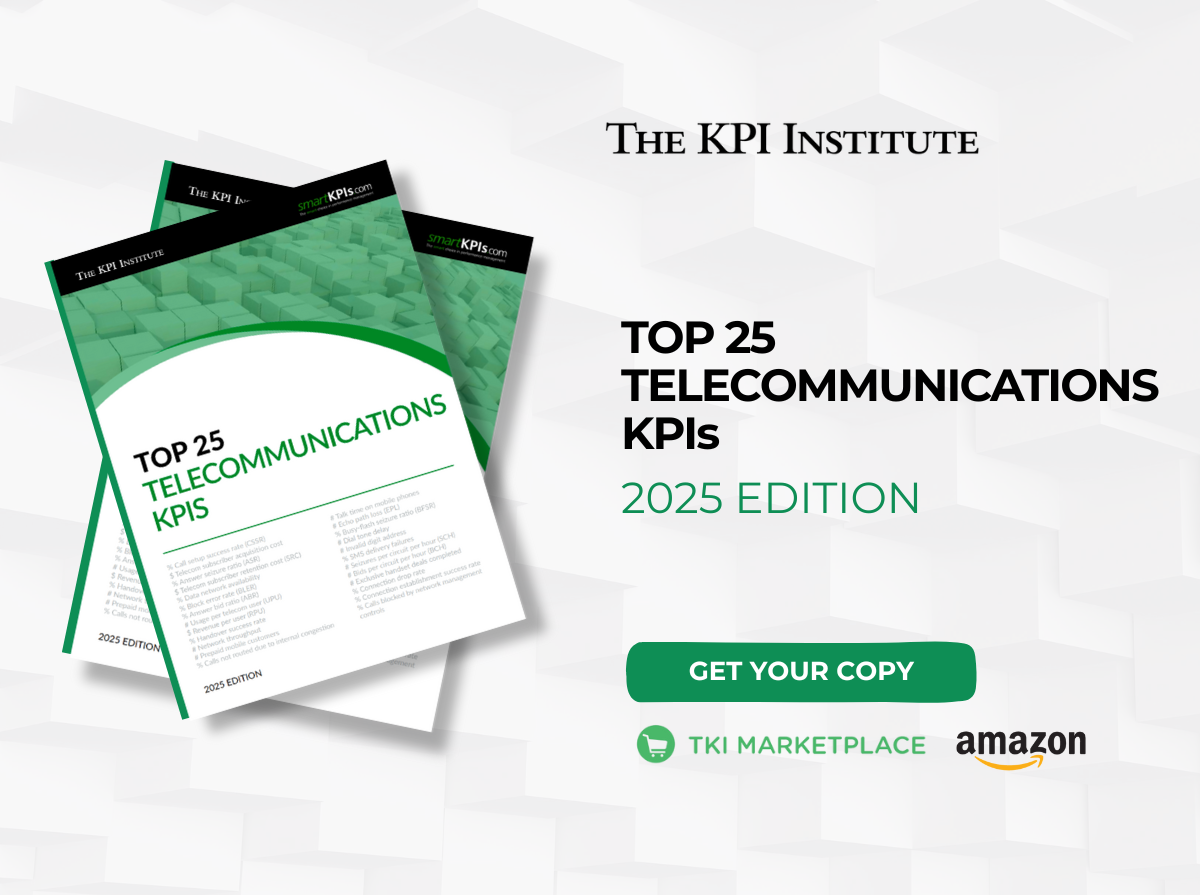
Telecommunications industry to grow by $1.7T, stay ahead with these must-track KPIs
October 29th, 2025 Posted by Kimberly Tilar KPIs 0 thoughts on “Telecommunications industry to grow by $1.7T, stay ahead with these must-track KPIs”In 2025, the global telecommunications industry is expected to surpass USD 1.7 trillion in market value, driven by rapid advancements in 5G, growing data consumption, and the continued convergence of digital technologies. The sector is not only a backbone of global connectivity but also a key enabler of innovation across industries.
As telecom providers expand infrastructure and launch new services to meet rising demand, the importance of data-driven decision-making and performance optimization has never been greater. In this context, performance measurement has become a strategic priority. As service delivery becomes more complex and customer expectations evolve, key performance indicators (KPIs) offer critical insights for improving network efficiency, enhancing customer experience, managing operational costs, and driving sustainable growth.
To support telecom professionals in navigating these changes, The KPI Institute has released the Top 25 Telecommunications KPIs – 2025 Edition. This report features the most impactful KPIs, selected based on global usage and their relevance to real-world industry practices.
To provide a glimpse into the report, here are five of the top KPIs featured in the 2025 edition:
- % Call setup success rate (CSSR) – Measures the percentage of call attempts that successfully connect to the dialed number, out of the total call attempts. It is used to assess the accessibility of the telecommunication network.
- $ Telecom subscriber acquisition cost – Measures the average cost of acquiring a new subscriber. It helps optimize acquisition spending by ensuring each new subscriber provides long-term value.
- % Answer seizure ratio (ASR) – Measures the percentage of calls successfully answered out of the total call attempts. It is used to evaluate the effectiveness of call handling.
- $ Telecom subscriber retention cost (SRC) – Measures the costs associated with retaining a customer, including customer service, retention marketing, and related expenses. It aims to track net retention spending per subscriber.
- % Data network availability – Measures the percentage of time the data network is operational and accessible. It is used to monitor the overall availability of the data network.
This report is part of the Top 25 KPIs – 2025 series developed by The KPI Institute. The series provides a comprehensive framework for effective performance measurement and addresses key challenges in KPI implementation. Each KPI is documented with practical definitions, calculation formulas, analysis guidelines, and recommended usage scenarios to support integration into performance management systems.
Explore the full report to strengthen your organization’s performance measurement practices. The Top 25 Telecommunications KPIs – 2025 Edition is now available on the TKI Marketplace, with printed copies available for order on Amazon. Get your copy today!

